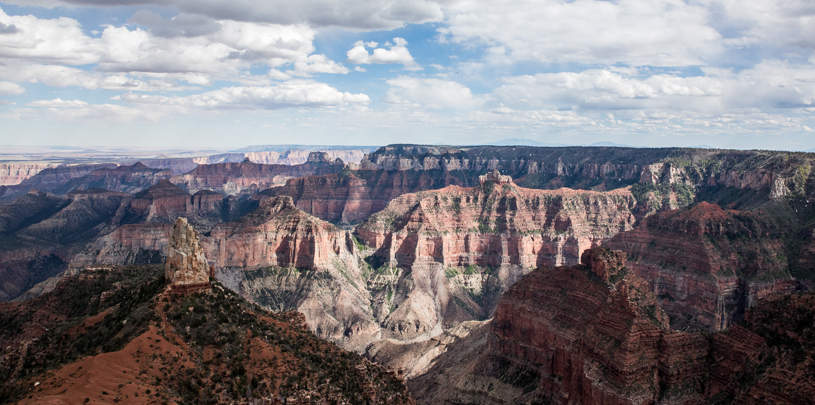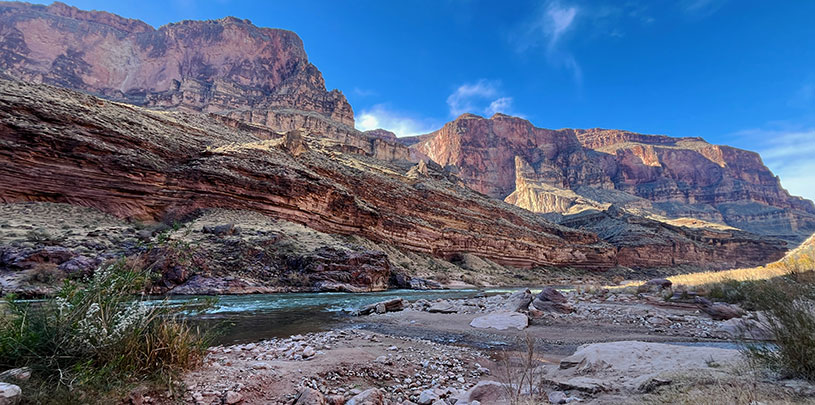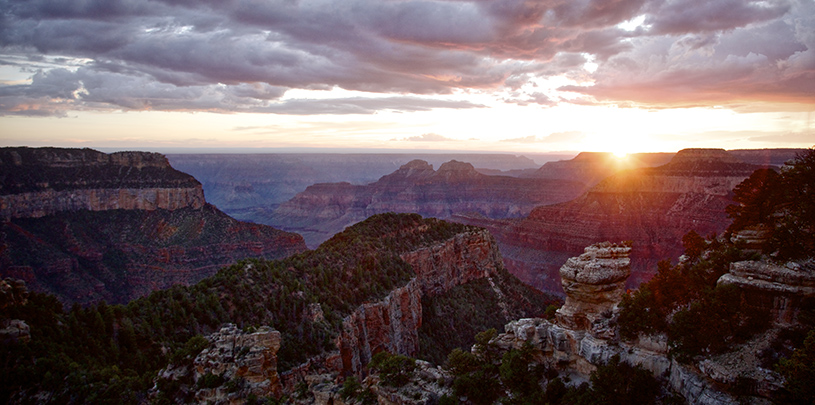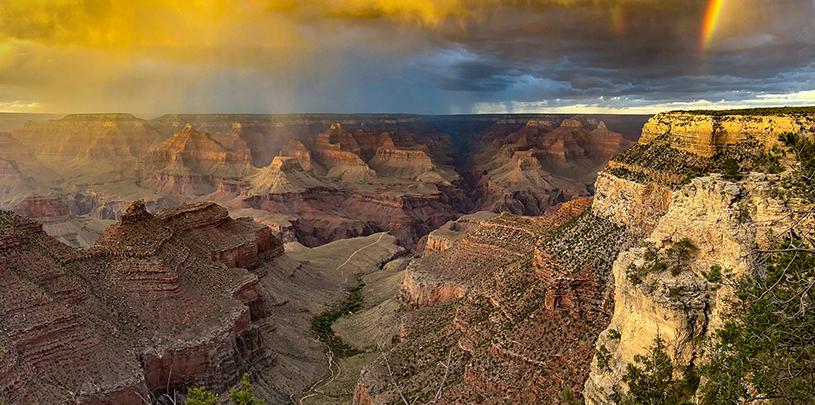
Last week, members of the Congressional Western Caucus, led by Arizona Congressman Paul Gosar, sent a letter to President Trump, Interior Secretary Zinke, and Agriculture Secretary Perdue asking the administration to “scrap” mining bans on federal lands across the country, claiming they are “political” and done “to appease extremist environmental groups.” The letter names the Grand Canyon mining ban specifically, which, until 2032, prevents any new, non-exempted uranium mines or claims on about a million acres of public land surrounding the national park.
To the letter’s outrageous claims that the ban killed jobs, “decimated” economies, impedes national security, or was driven solely by environmental groups who “fabricated” arguments, we say: consider the facts.
The toxic legacy of uranium mining
Mining boomed on the Navajo Nation during the 1950s and ’60s, but what was left behind was not a thriving, uranium-based economy. Instead, what remains is a toxic legacy that is still impacting public health and taxpayer coffers and has yet to be cleaned up.
Other uranium mines that have operated at or near the Grand Canyon, including Canyon Mine, also have a sorry record. The Orphan Mine on the south rim stopped operating in the 1960s, but is suspected of contaminating Horn Creek and is still undergoing cleanup that has cost taxpayers $15 million and counting. The U.S. Geological Survey in 2009 noted that a 1984 flash flood washed ore from the Hack Canyon mines into Kanab Creek, a major tributary of the Colorado River in the Grand Canyon.
And while Pinenut uranium mine, on the North Rim, sat idle for two decades, the mine shaft filled with over 2 million gallons of radioactive water. Meanwhile, radioactive dust at the Kanab North uranium mine blew from the mine site into the surrounding ecosystem. Then, in the winter of 2016-2017, the mineshaft at the Canyon Mine flooded as the company was in the process of digging it. The company employed giant sprayers to keep the on-site storage pond from overflowing with water that carried elevated levels of uranium. Water is still flowing into the mine shaft today as the perched aquifer pierced by the shaft continues to drain.
The economic drag of uranium mining
Uranium mining has been pursued on and off since the 1950s, but it has never sustained local economies or provided a tax base for operating schools. That’s because uranium is a boom-and-bust commodity subject to the global market, which has been saturated for most of the past three decades. Outside of a short spike in the mid 2000s, it’s a job market that has struggled in the latest bust since the early ’90s, well before the 2012 ban was announced. And even when prices are good, breccia pipe uranium mines don’t operate long — Canyon Mine is anticipated to be mined out in 10 years — so mining jobs will never be anything but temporary. Sadly, the only lasting jobs created by uranium mining might be those in the cleanup business.
And unlike coal, oil, or gas, uranium mines pay zero dollars in royalties to the public on the uranium they extract. The uranium mining industry is also such a small part of the Arizona economy that not even the Arizona Mining Association seems to think its economic contributions merit mention. Just look at the industry group’s own economic impact reports. The “2010 Arizona Mining Association Economic Impact Study,” based on pre-ban statistics, talks entirely of copper mining. More recent reports where uranium mining is discussed show that uranium comprises less than 1 percent of the Arizona mining industry’s impact on the state economy.
Meanwhile, travel and tourism in northern Arizona alone contributes over 18,000 jobs annually, and, in 2016, it generated $160 million in state and local tax revenue. The Grand Canyon is a primary driver of tourism, with over 6 million visitors to the park last year.
A reasonable, broadly supported ban upheld by the courts
When the mining ban was established in 2012, Secretary of Interior Ken Salazar based his decision on a multi-year public process that drew around 300,000 public comments and broad, bipartisan support for the ban from diverse stakeholders that included tribal and local governments, sportsmen, local businesses, recreationists, and environmental groups, among others. The ban was also supported by scientists who emphasized the vast geological and biological unknowns about the potential for uranium mining to pollute groundwater and ecosystems in the Grand Canyon. The ban flowed not from a few environmental groups, but from the broadly held, common-sense understanding that the toxic legacy of uranium mining and the sea of scientific unknowns meant that new mining would be irresponsible in a region so critical to Native American communities and the water supplies and economies of the Southwest. And despite lawsuits by the mining industry, two out of two federal court decisions have upheld the ban.
While the ban aimed to prevent new mines and claims, the mining ban has not prevented every mine from going forward. For example, the Canyon Mine on the south rim has been granted permission by the U.S. Forest Service to move ahead despite the ban because the agency believes that claim to have the “valid existing rights” required for a mine to operate under the ban. Yet even though the company finished the mine’s shaft in 2017, it has yet to begin mining. Similarly, the Interior Department estimated that several other mines might qualify to operate despite the ban, should the claim owners pursue them. But they haven’t. It’s not the ban that prevents any mining from happening, it’s the saturated global market and low price of uranium.
In a statement released with the Western Caucus letter, Congressman Gosar wrote, “Today, we implore this Administration to take a closer look at several improper mineral withdrawals that were planned behind closed doors and executed in unprecedented haste by the last Administration. These massive mineral estate removals proved devastating to local communities, imperiling good-paying jobs and shattering investor and mining company confidence.”
Sorry, congressman, the truth speaks for itself. No one is entitled to his own facts.




